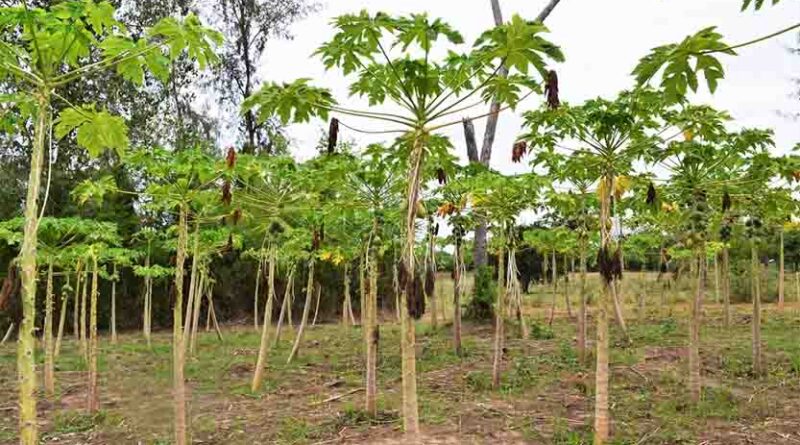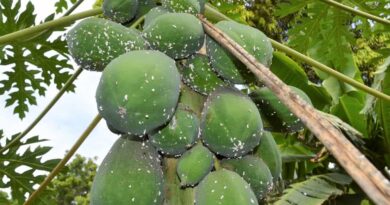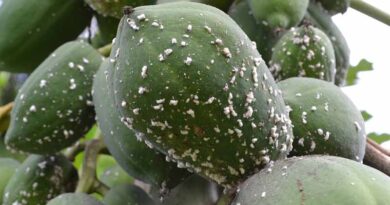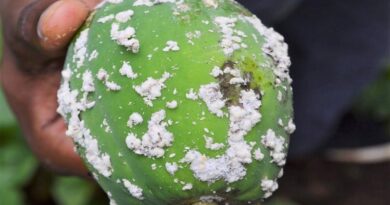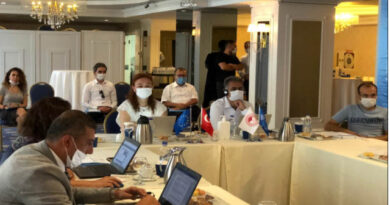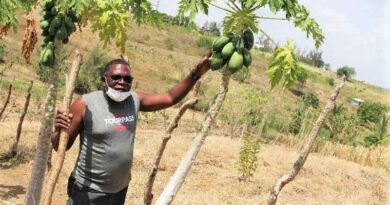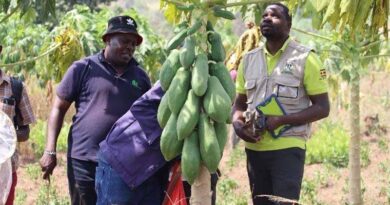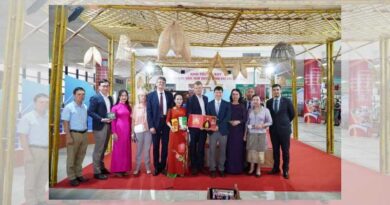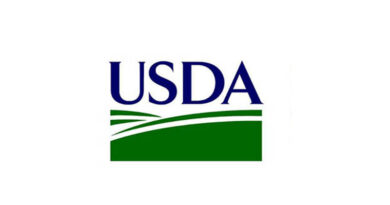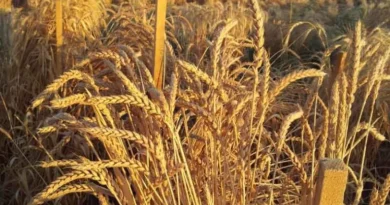CABI shares expertise on papaya mealybug
17 August 2020, UK: CABI scientists have shared their expertise on the papaya mealybug (Paracoccus marginatus) as part of a new multiagency technical brief addressing the description, identification and sustainable management of the pest in Kenya.
Read: Khapra beetle interceptions in imported goods: Australia
The brief, which contains the latest agreed advice for papaya mealybug management, will be used to support the development of a range of information materials for extension workers, agro-dealers and farmers who grapple with the pest that can devastate whole crops if left to take hold.
The document has been reviewed by a technical team drawn from a range of partners including the Ministry of Agriculture, Livestock, Fisheries and Cooperatives(MoALF&C), County Governments of Mombasa, Kilifi and Kwale, Kenya Agricultural & Livestock Research Organization (KALRO), Kenya Forestry Research Institute(KEFRI), Kenya Plant Health Inspectorate Service (KEPHIS), National Museums of Kenya (NMK), University of Nairobi (UoN), and Precision Agriculture for Development (PAD).
Read: Trimble to Host Precision Ag Pavilion at Virtual Farm Journal Field Days
Collaboration with Research Institutes
Fernadis Makale, an Invasive Species Management Assistant based at CABI’s Kenya centre in Nairobi, is part of a team of CABI researchers who are currently collaborating with institutions, including KALRO and KEPHIS, to discover the spread and impact of the papaya mealybug pest. This is part of work conducted under CABI’s Action on Invasives programme – funded by the UK Department for International Development (DFID) and the Netherlands Directorate-General for International Development (DGIS).
Mr Makale said, “More than half of Kenya has been invaded by papaya mealybug and its impact has led some papaya farmers abandoning farming the fruit altogether.”
The papaya mealybug is a serious pest of the papaya fruit which originated from Central America before spreading to the Caribbean and South America in the 1990s. It was first detected in Africa in 2010 in Ghana and in Mombasa County, Kenya, in 2016.
In 2017, SciDev.Net reported how pawpaw farmers in Pakistan averted a near-complete devastation of the country’s papaya crops, which were affected by the mealybug pest, after replacing ineffective conventional chemical pesticides with natural predators that proved to be successful.
The intervention was made possible through CABI’s papaya pest management programme which involved researchers setting up Natural Enemies Field Reservoirs on farmers’ fields to breed the Acerophagus papaya parasitoid as well as eight other natural predators of the papaya mealybug.
Read: MustGrow Announces Successful Proof-of-Concept of Non-Selective Bio-Herbicide
Papaya a key crop for smallholder farmer
Dr Monica Kansiime, Scientist and Agricultural Economist also working from CABI’s centre in Nairobi, said, “The technical brief is the culmination of shared expertise across many partners with the same aim of tackling this devastating pest of the papaya fruit – a key crop for many smallholder farmers in Kenya who rely upon it to sustain their livelihoods.
“It also stems from multi-stakeholder workshops, co-financed by Darwin Initiative funded project ‘Biodiversity and Agriculture: Addressing Scale insect threats in Kenya’, and the CABI-led Plantwise and CABI’s Action on Invasives programmes, where we reviewed the evidence of the impact of the papaya mealybug and how to best communicate the risks and Integrated Pest Management (IPM) techniques to Kenya’s papaya farmers.”
Read: Corteva Agriscience announces the launch of Instinct NXTGEN™ nitrogen stabilizer
Mr Joshua Oluyali Head Horticulture in the Ministry of Agriculture, Livestock, Fisheries & Cooperatives said the Government appreciates the work done by CABI and will provide the necessary support interventions for the management of the pest in pawpaw’s to stop the spread and reduce losses caused by the pest.

